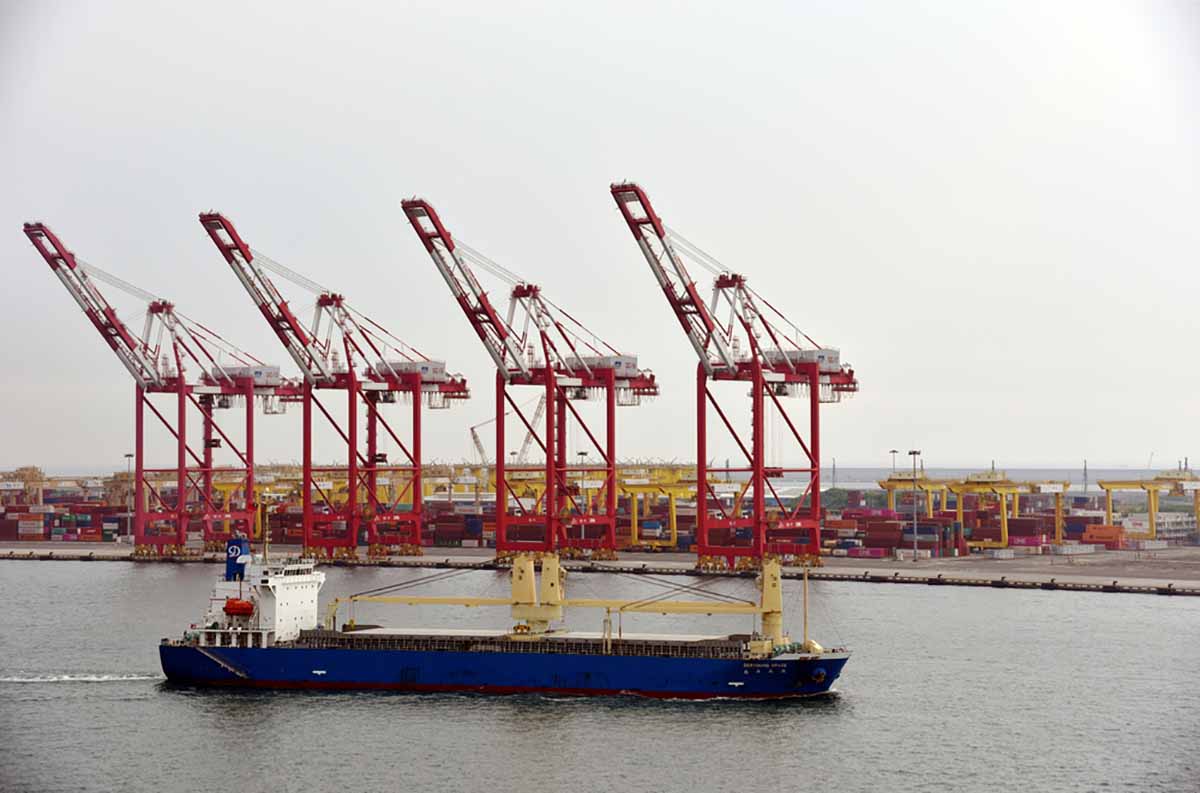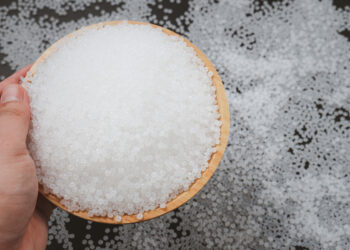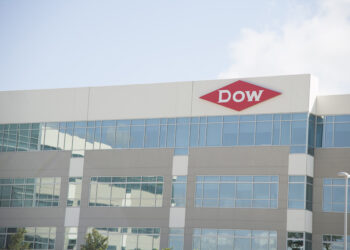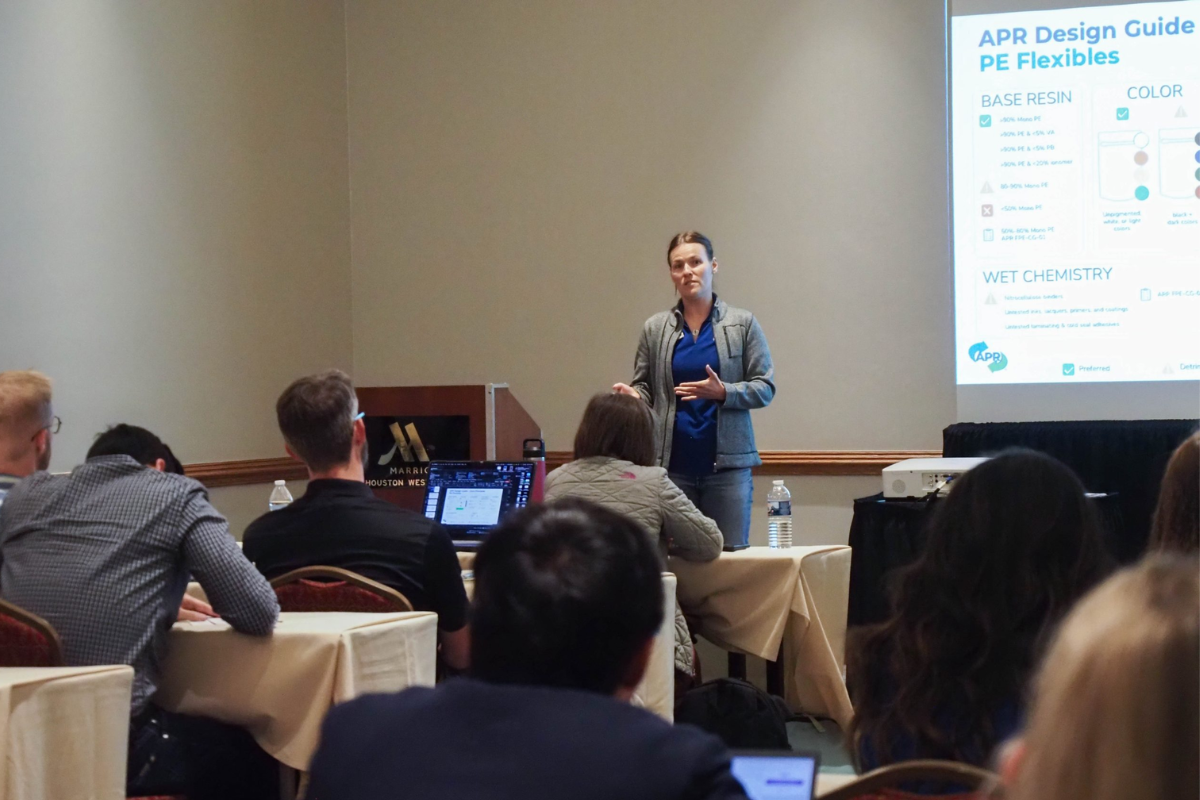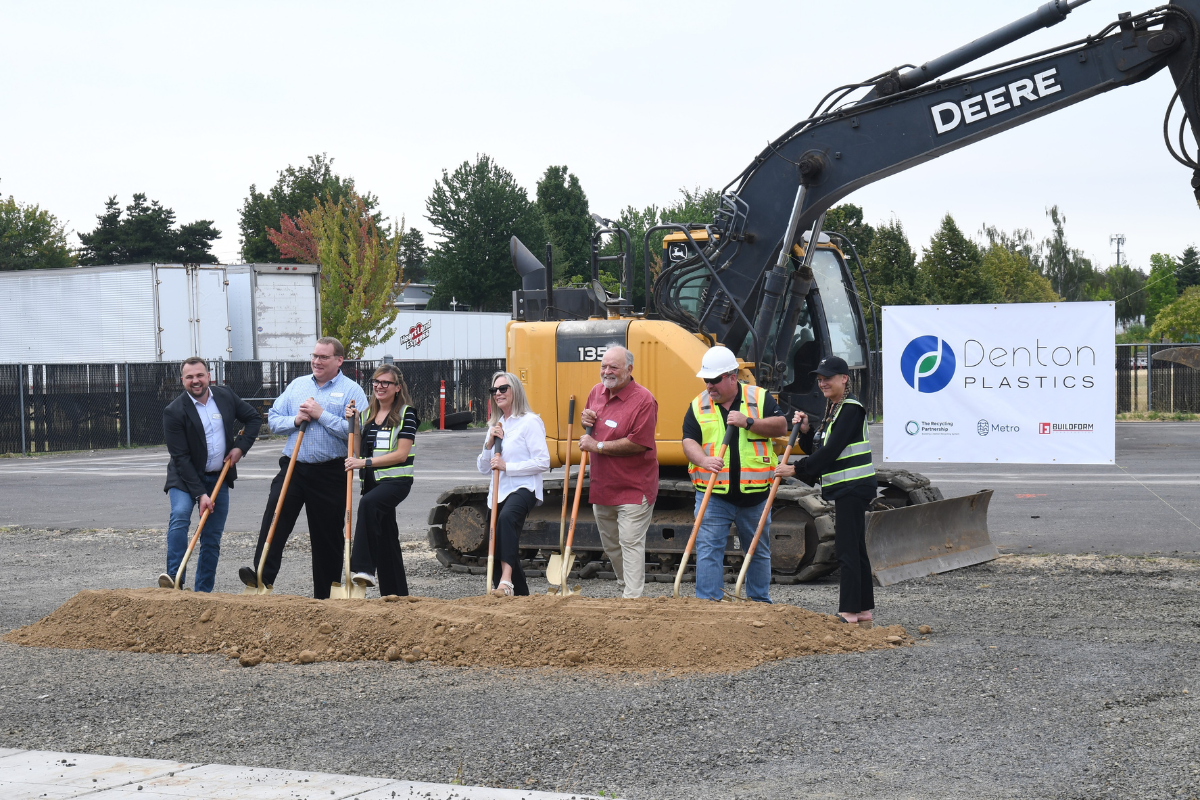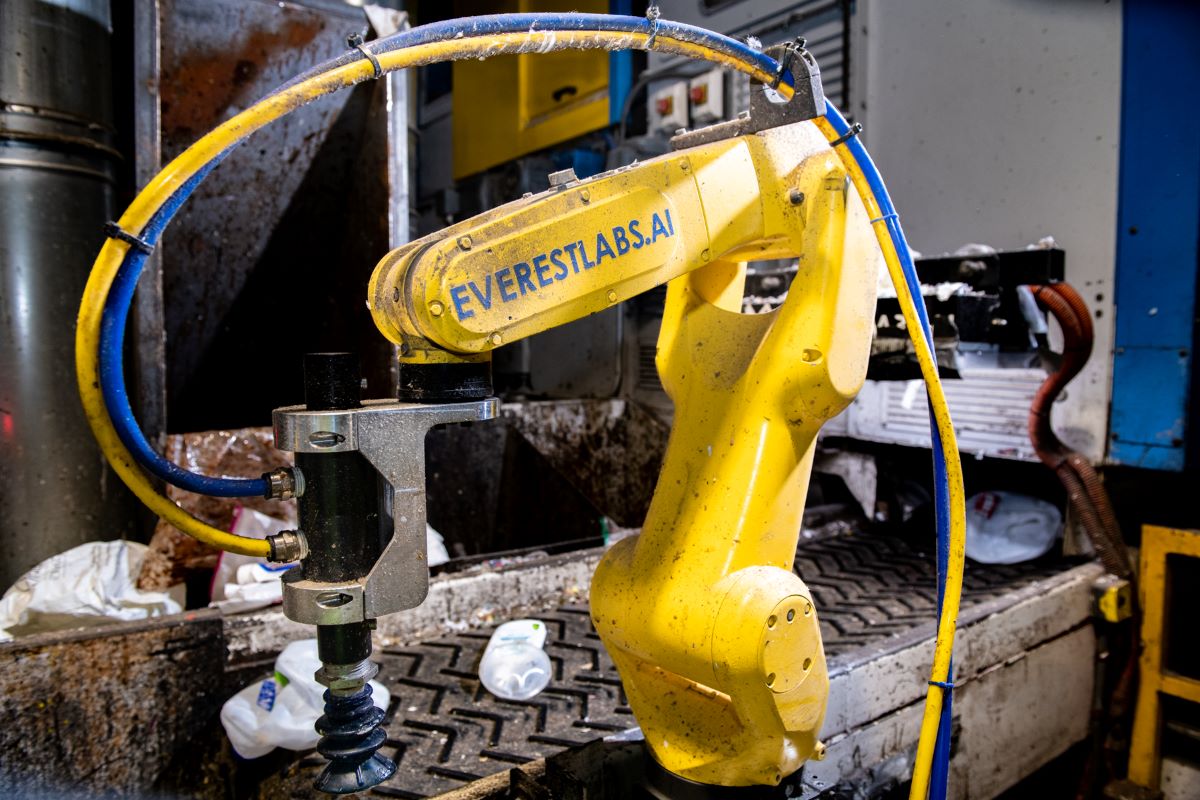ADS – one of the largest plastics recycling companies in North America – bought 540 million pounds of recycled plastics in fiscal 2024, which ended March 31, 2024, according to the report. This was the same volume the company reported in 2023 but represents about 50% of the plastic resin ADS bought in the year, compared to 48% in the previous year and 45% in 2022.
ADS purchases accounted for one-third of the total North American volumes of color HDPE bottle bales, the report said.
In FY24, recycled HDPE comprised 34% of the ADS materials and recycled PP 12%, with other recycled plastic totaling 4%. Virgin HDPE was at 30%, while virgin PP was at 16% and other was at 4%.
Investing in supply and processing capacity
ADS continues to establish partnerships to help improve access to recycled materials and to develop end use markets, Nicole Voss, director of sustainability at ADS, told Plastics Recycling Update. For example, in February the ADS Foundation donated $1 million to the University of Minnesota-Duluth Advanced Materials Center to help support research on repurposing plastic waste. The company continued supporting recycling efforts at Ohio State University as well.
ADS also helps support The Recycling Partnership’s Polypropylene Recycling Coalition, which involves resin suppliers, manufacturers, brand owners and recycling processors in improving PP recovery and recycling.
“Unabashedly we support those efforts,” Voss said. “We want to see access expanding, and we want to see the middle of the U.S. look like the coasts, where they’re doing a great job.”
ADS buys both post-consumer and post-industrial plastics and aims to purchase 1 billion pounds of recycled material annually by fiscal 2032. Although the mix varies by year, Voss said, it typically is about 60% post-industrial and 40% PCR.
And while the company did not specify what portion of annual plastic consumption that 1 billion pounds would represent, ADS expects overall volumes to grow as communities address the increasing frequency and severity of storms requiring water management.
“The increase in storm events is both a risk and an opportunity,” Voss said, adding that using plastic pipes can return an affected area to normal conditions faster than traditional concrete materials.
Toward the 2032 goal, ADS approved $36 million in capital expenditures across its recycling operations in fiscal 2024, including replacing older pelletizers, increasing capacity and upgrading facilities and equipment to improve resin quality.
“We have a whole team looking at the pathway to 1 billion pounds and how we get there,” Voss said.
ADS increased overall capital spending by 10% to $184 million in fiscal 2024, investing to increase automation, manufacturing growth and recycling capacity. The company expects to open its new engineering and technology center in Hilliard, Ohio, this summer. And in November ADS announced plans for a new manufacturing facility in Florida that will produce high-performance pipe.
One challenge is that the plastic used in stormwater drainage differs from what is used in food packaging, Voss said. ADS uses recycled HDPE in its stormwater and wastewater pipe and recycled PP in its Infiltrator septic tanks.
“The same number for recycling (for example, number 5 for PP) doesn’t have the same properties as a PP yogurt cup,” she said.
ADS sources post-consumer material from more than 500 MRFs across North America, the report said. Bales contain about 20% contamination, such as PET and PP, which could otherwise end up in a landfill, the report said.
“Bale quality depends on technology,” Voss said. “We have seen optical sorting improve bale quality, but when supply availability is low, we see lower bale quality coming in. Our procurement team does a really good job of trying to find homes for those materials.”
Voss added that hard-to-recycle items such as sharps containers and syringes also can show up in post-consumer bales.
ADS internally re-processes 61% of the recycled plastics consumed in its products and sources the remainder through other recycling partners, according to its recent report.
Growth of high-performance pipe
In FY24, ADS reported receiving a lower percentage of total revenue from remanufactured products, at 51.1%, versus 52.6% and 57.2% in 2023 and 2022, respectively. The company cited growth in a high-performance PP-based pipe that is not allowed to contain recycled material.
In a year-end earnings call in May, CFO Scott Cottrill said ADS was gaining market share in the high-performance pipe product, which is key to the company’s strategy of converting the market from traditional materials like reinforced concrete, to lighter plastic offerings.
However, Voss said, “nothing is outside the realm of including recycled material,” and while infrastructure projects as a whole may require more virgin resin, state regulations may play a role as well.
In the May earnings call, CEO Scott Barbour said ADS is taking part in more than 20 airport projects and several large interstate projects. Airport projects involve a lot of ADS StormTech products, Voss said, which typically use virgin PP.
“We’re looking at incorporating recycled PP, but it’s a long process of testing and analysis,” she said.






